A nickel bar is a transition metal shaped like a square, triangular or circular rod. Nickel bars have high electrical and heat conductivity. Nickel naturally occurs as a metal element with a gold-tinged, silvery-white, shiny appearance. Nickel is mined beneath the earth’s surface. Although corrosion-resistant and hard, nickel bars retain ductile and malleable properties. Nickel also has ferromagnetic properties. Read More…
We will meet your nickel alloy needs with bar, strip or wire forms. Our ISO 9001-registered company would like to be your nickel supplier for nickel alloys — copper nickel, nickel copper, nickel chromium, nickel manganese, soft magnetic nickel iron. Round up to 15"; flat roll thin as .0002".

As a manufacturer of stainless steel and nickel alloy products, Best Stainless & Alloys offers stainless steel and nickel alloy bar, plate, and pipe. We are a leader in the distribution of pump shaft quality material. Other services that we offer are grinding, forging, castings, plasma cutting, heat treating and boring.

Cobalt and nickel alloys are manufactured here. Through our many service centers, we can supply you with nickel plate, nickel bar, forging stock, fittings, flanges, tubing and wire. When your application is in a severely corrosive or high-temperature atmosphere, we are the nickel supplier for you.

Since 1952, the Welding Warehouse has been manufacturing and distributing a variety of stainless steel products as well as titanium, aluminum, nickel, low alloy steel, magnesium, silver alloy and copper base alloy products. We also offer precision wire processing. In addition, we meet aerospace material specifications.

More Nickel Bar Suppliers
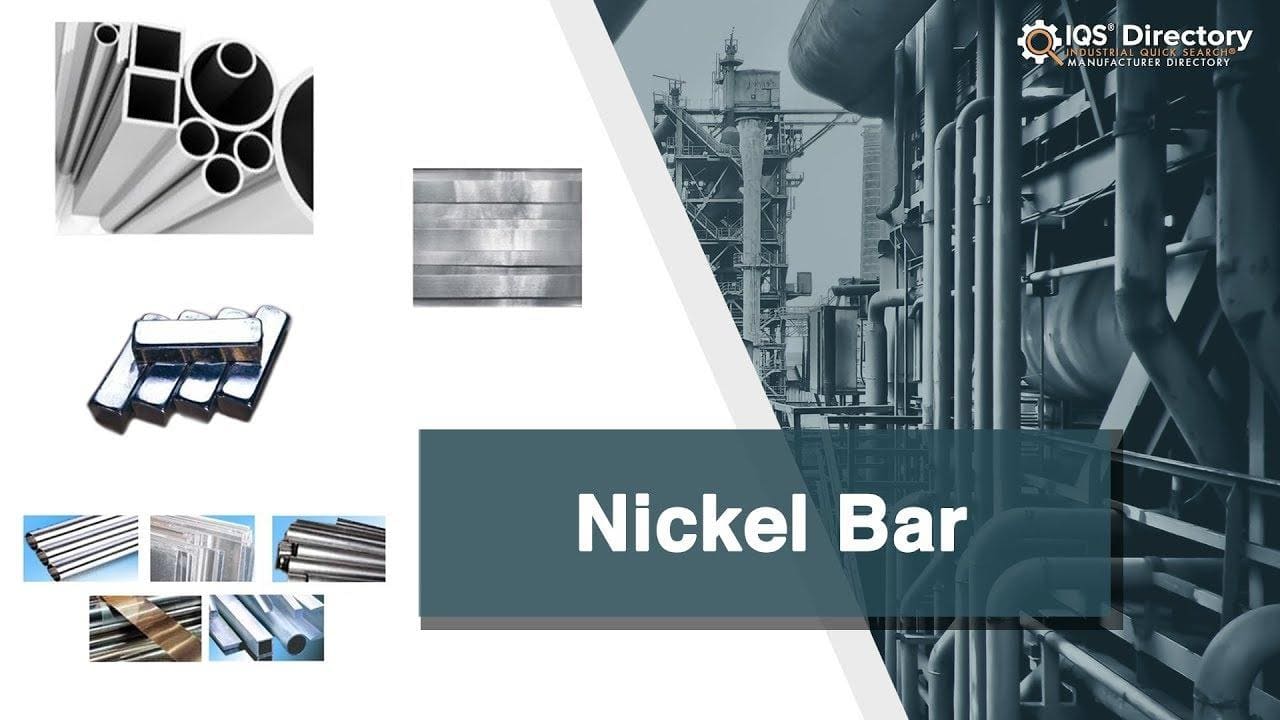
Production and Extraction of Nickel Bars
Nickel is mined from the earth's interior before being utilized to make bars, other stock, and completed products. Hydrometallurgical pyrometallurgical extraction is used to extract nickel ore. Then, different roasting and reduction techniques are used to refine it. The final substance is silvery-white in hue.
After being refined, raw nickel can either be handled in its pure state or alloyed using a variety of methods.To make specific bar shapes and sizes, nickel must first be heated to a molten condition and forced through a die or a series of dies. This process is known as extrusion.
Nickel bars are more frequently made using cold-drawing, which doesn't require heat, because of their strong heat resistance and malleability. Instead, to decrease its diameter, the nickel stock is run through a sequence of successively smaller dies. After being chopped to the required length, the bars are ready to be sold.
As stated before, bars are often used as stock shapes before going through one or more further operations including bending, turning, milling, drilling, grinding, forging, and reaming. The bars may also be melted down to create other metal alloys, including stainless steel. To ensure that processing is affordable, manufacturers should consider the intended use of a nickel bar and speak with suppliers before purchasing.
Nickel has two ore deposits: laterites and magmatic sulfide deposits.
Nickel extraction and processing - Raw materials are extracted by the extractive metallurgy process. The most common method is the pyrometallurgical extraction procedure. Pyrometallurgical extraction uses high temperatures to make chemical reactions happen.
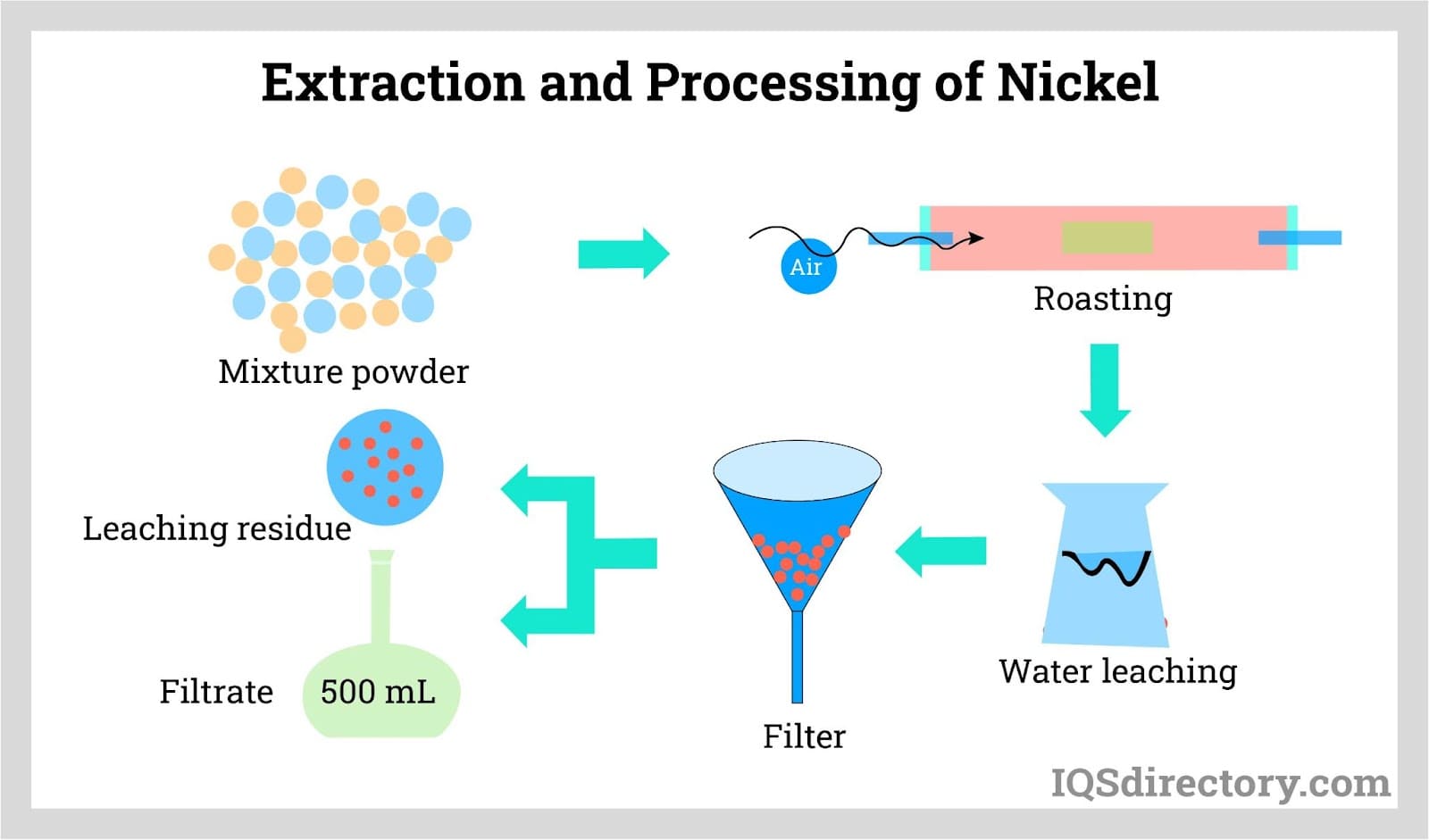
Nickel extraction from sulfide ores - Sulfide ores are crushed to separate waste from nickell through the selective floatation method.Sometimes this requires magnetic separators. Nickel concentrates can even be leached with ammonia or sulphuric acid. The whole process happens in a rotating converter. Sulfur, iron and oxygen reacting in the ore will produce some of the heat needed for the smelting process.
Nickel extraction from laterite ores - Nickel obtained from laterite ores does not have sulfur. Its moisture content is very high. Other sources produce the energy required for smelting and drying since the laterite ores can’t produce the high temperatures that sulfide ores can.
Nickel Bars Material Properties
A nickel bar is a solid, straight rod or plank-like stock shape that is mostly made of nickel in a high-purity form. This chemical element is advantageous in many metallurgical applications. Nickel bars are tough, ferromagnetic, corrosion-resistant, ductile, malleable, and heat-resistant. Despite being called nickel bars, they are often composed of alloyed metals. Nickel is simply the dominating element.
Nickel alloys commonly offered in bar form include Hastelloy C276, Cupro Nickel, Nickel 200, Nickel 500, Inconel 600, and Inconel 718. Although a rectangular shape is most popular, nickel bars can have a variety of cross-sectional shapes. This includes but is not limited to round, square, rectangular, and triangular shapes.
Shaping of Nickel Bars
After nickel is refined, it is machined into the desired bar sizes and shapes. The methods used are nickel extrusion, cold drawing, and electroless nickel plating.
Types of Nickel Bars
Nickel is often made to combine with other elements and make stronger alloys. The most common alloy is stainless steel.
Cupro Nickel
The cupro alloy is made of manganese, nickel, iron and copper resulting in a shiny silver color. This alloy has excellent thermal conductivity and tensile strength. Cupro-nickel is ductile and corrosion-resistant. It is used for many applications, including military equipment, piping and condensers.
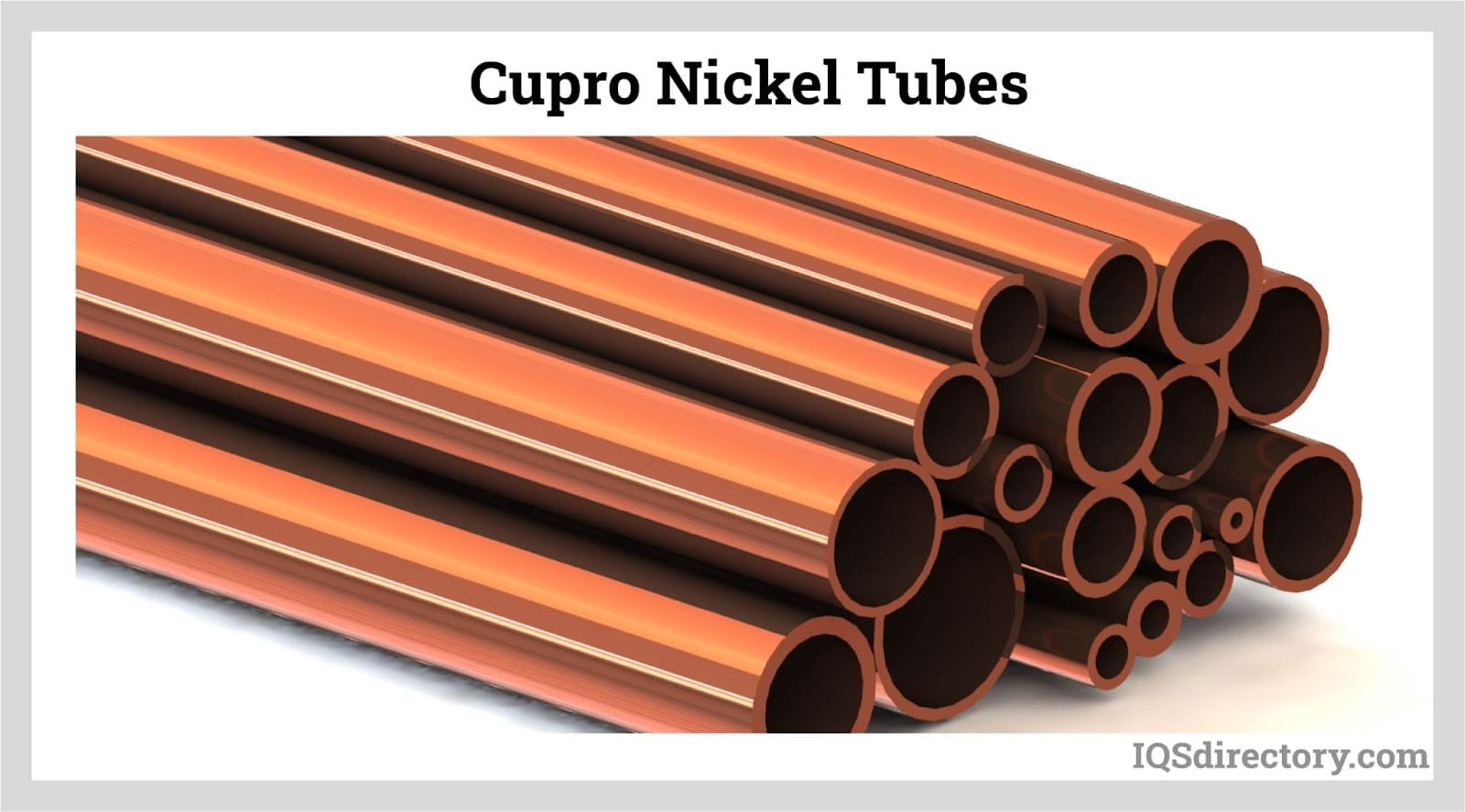
Hastelloy
Hastelloy alloys come in different forms. They are corrosion-resistant to acids. Types of Hastelloy nickel alloys include the Hastelloy C4, Hastelloy C22 and the Hastelloy C2000. They differ in the concentration of chromium, iron, cobalt, manganese and molybdenum found inside them.
Inconel Alloy
Nickel has the highest percentage in the alloy. Inconel alloy is capable of withstanding stresses that are high and are therefore suitable for extreme environments. They are resistant to oxidation and corrosion. However, these alloys are not easy to shape and machine.
Kovar Alloy
The alloy is characterized by a low coefficient of heat expansion. They are made up of nickel, carbon, manganese and silicon. Kovar alloys are used in scientific apparatuses, X-rays, microwave tubes, light bulbs, and vacuum tube conductors.
Monel Alloy
The Monel alloy consists of nickel, copper, manganese, carbon, silicon and iron. The Monel alloy is malleable, strong, and corrosion-resistant. Monel alloys are used in boilers, kitchen sinks, musical instruments and gasoline tanks.
Nickel 200
Nickel 200 is a form of high-purity nickel. However, Nickel 200 does have small traces of manganese, sulfur, carbon, copper, and silicon. It is used for piping, food handling, and synthetic fibers, to name a few uses.
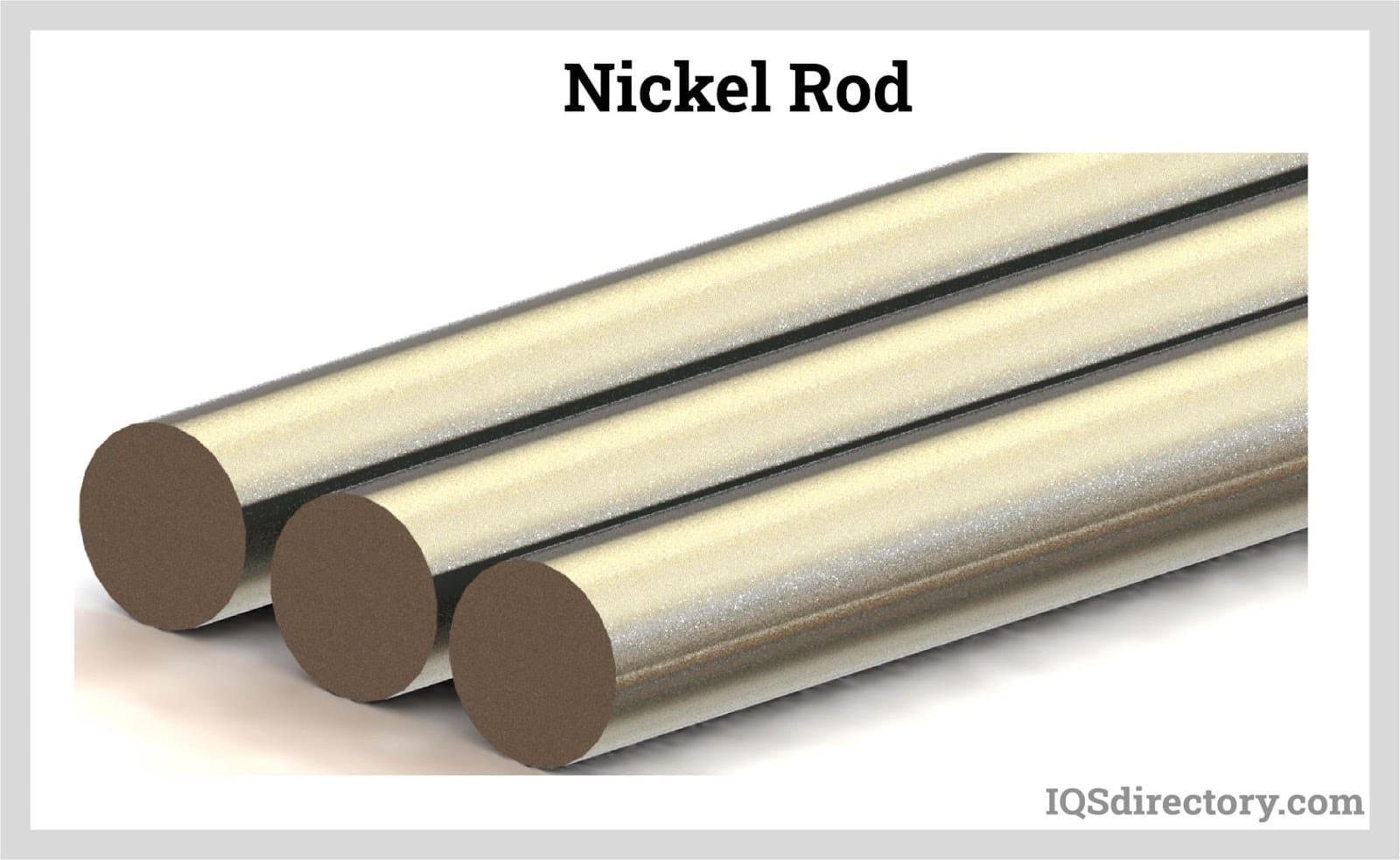
Applications Nickel Bars
Nickel bars have numerous applications across different sectors and industries. Some of their uses are listed below:
- Piping
- Rocket motors
- Missile components
- Aerospace components
- Food Handling
- Equipment for food processing
- Automotive components
- Heat exchangers
- Military equipment
- Bathroom fittings
- Cabinet Hardware
- House numbers
- Lighting fixtures

Benefits of Nickel Bars
Nickel bars offer many advantages especially when they are combined with other elements to form alloys. Some of the benefits they give are listed below.
- They are recyclable
- Tough
- Resistant to corrosion
- Hygienic
- Ductile
- High tensile strength
- Malleable
- Can withstand high temperatures
Choosing the Right Nickel Bar Manufacturer
To ensure you have the most positive outcome when purchasing nickel bars from a nickel bar manufacturer, it is important to compare several companies using our directory of nickel bar manufacturers. Each nickel bar manufacturer has a business profile page highlighting their areas of experience and capabilities, along with a contact form to directly communicate with the manufacturer for more information or request a quote. Review each nickel bar business website using our patented website previewer to quickly learn what each company specializes in. Then, use our simple RFQ form to contact multiple nickel bar companies with the same form.




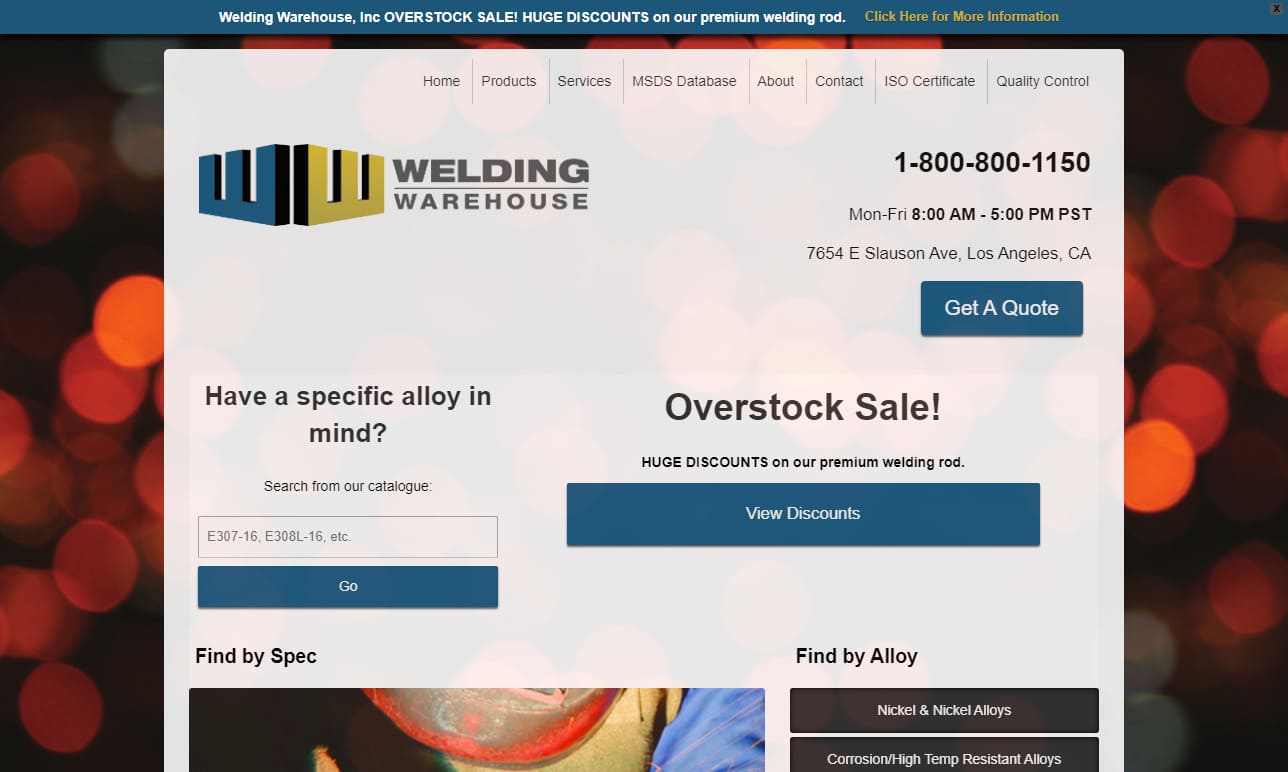

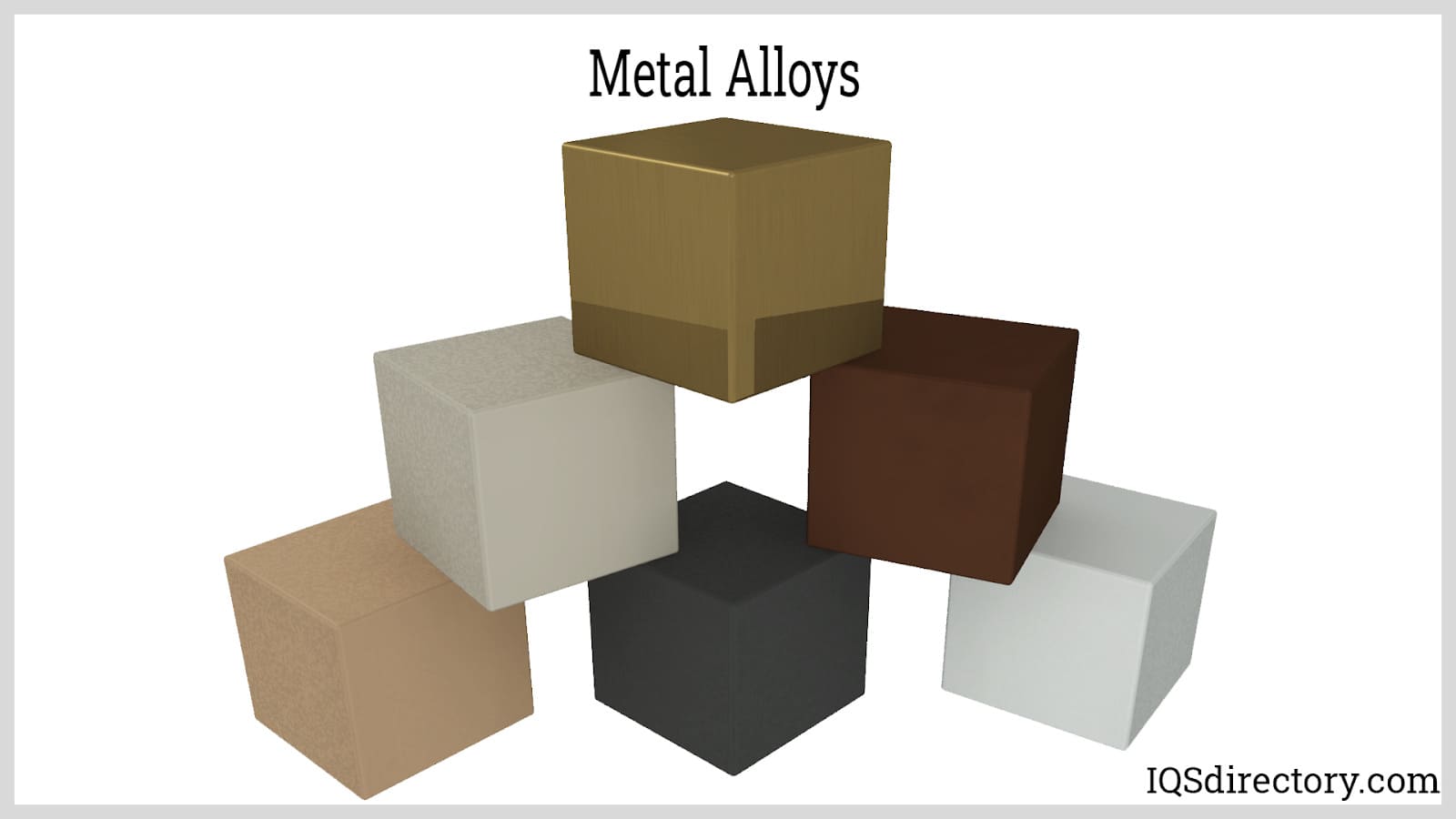




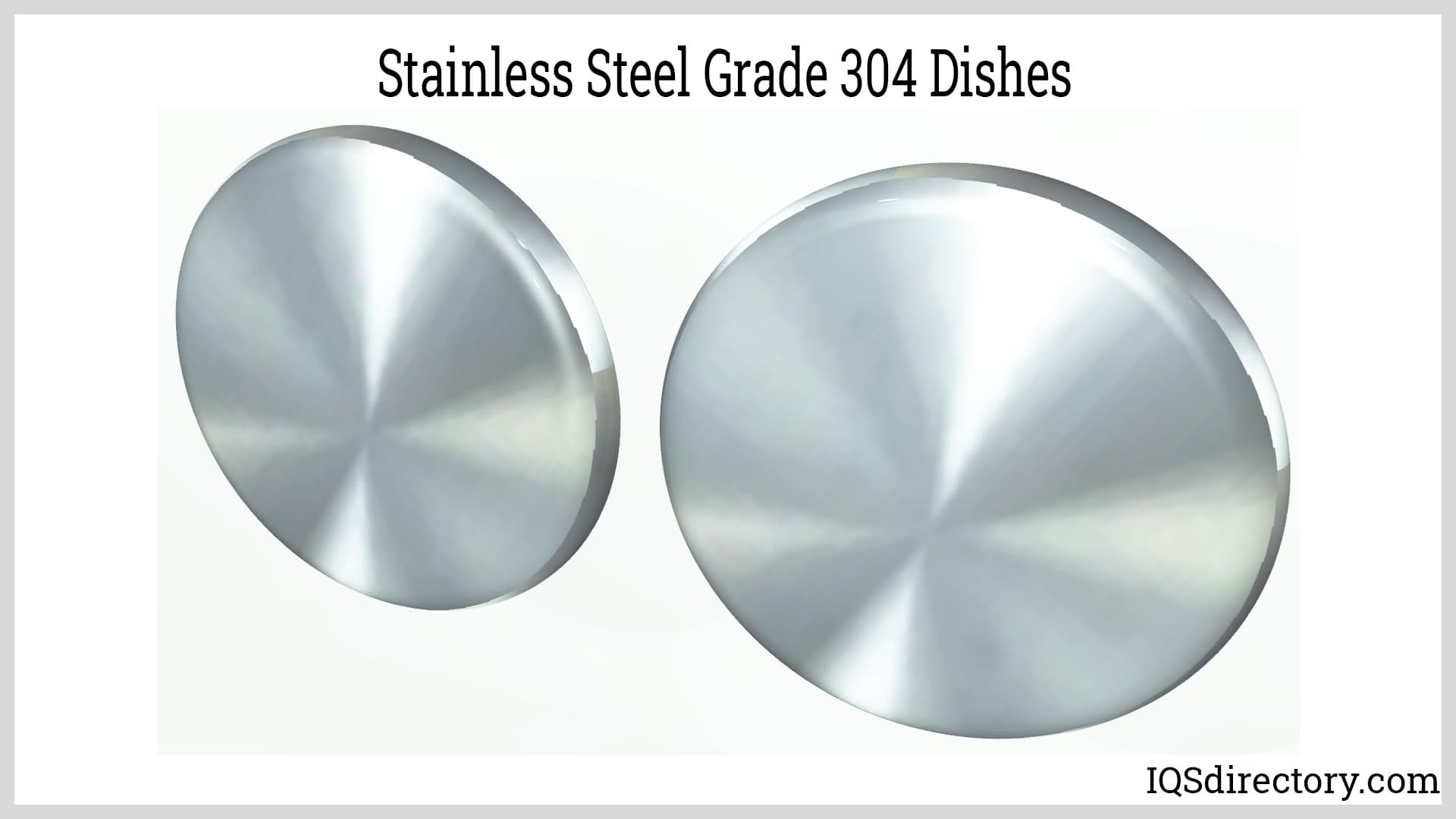
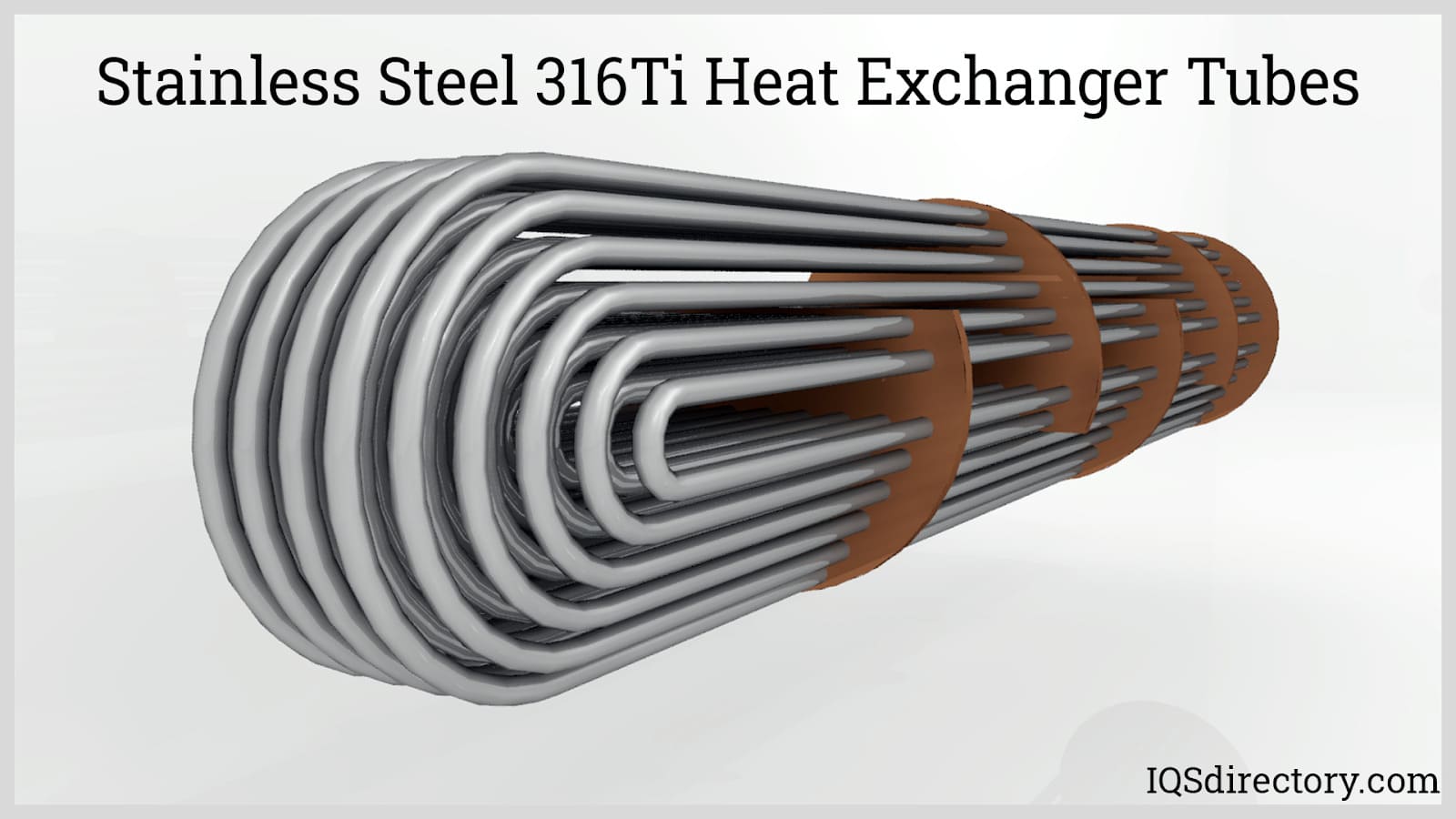

 Alloy Suppliers
Alloy Suppliers Aluminum
Aluminum Aluminum Extrusions
Aluminum Extrusions Copper-Brass-Bronze
Copper-Brass-Bronze Magnets
Magnets Nickel
Nickel Stainless Steel
Stainless Steel Stainless Steel Tubing
Stainless Steel Tubing Steel Service Centers
Steel Service Centers Titanium
Titanium Tungsten
Tungsten Wire Rope
Wire Rope Castings & Forgings
Castings & Forgings Bulk Material Handling
Bulk Material Handling Electrical & Electronic Components
Electrical & Electronic Components Flow Instrumentation
Flow Instrumentation Hardware
Hardware Material Handling Equipment
Material Handling Equipment Metal Cutting Services
Metal Cutting Services Metal Forming Services
Metal Forming Services Metal Suppliers
Metal Suppliers Motion Control Products
Motion Control Products Plant & Facility Equipment
Plant & Facility Equipment Plant & Facility Supplies
Plant & Facility Supplies Plastic Molding Processes
Plastic Molding Processes Pumps & Valves
Pumps & Valves Recycling Equipment
Recycling Equipment Rubber Products & Services
Rubber Products & Services